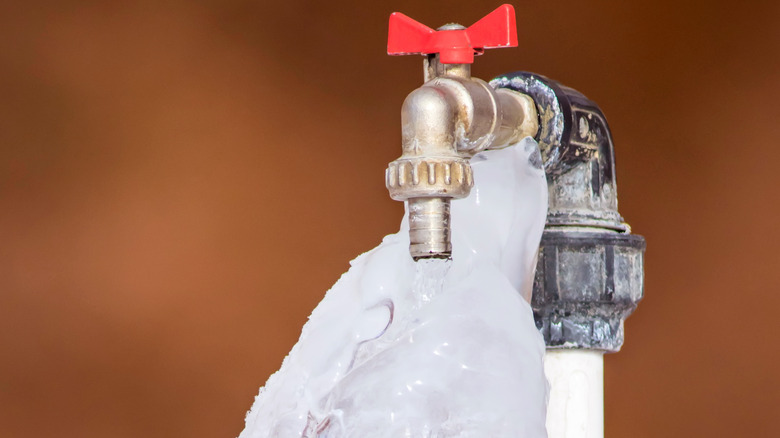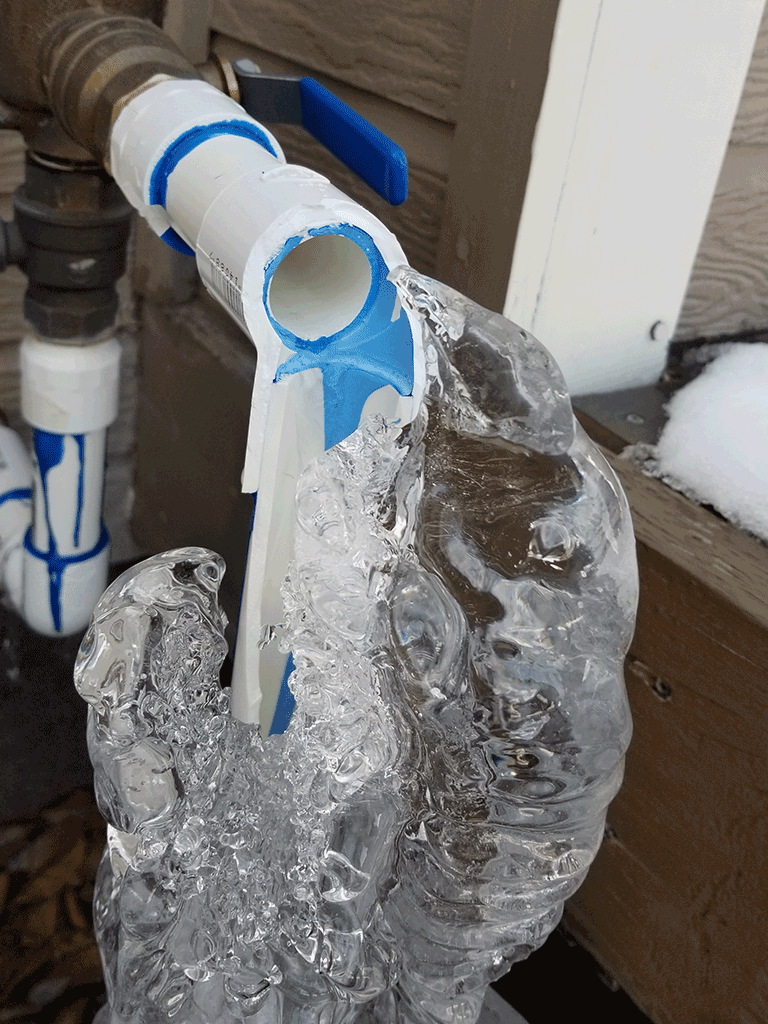Preventing Frozen Pipes in Cold Weather: Pro Tips
Preventing Frozen Pipes in Cold Weather: Pro Tips
Blog Article
Just how do you really feel on the subject of How to prepare your home plumbing for winter weather?

Winter can ruin your pipes, specifically by freezing pipes. Here's exactly how to stop it from happening and what to do if it does.
Introduction
As temperatures drop, the threat of frozen pipes boosts, potentially causing expensive repair services and water damages. Understanding exactly how to stop icy pipes is essential for homeowners in chilly environments.
Prevention Tips
Protecting vulnerable pipes
Wrap pipes in insulation sleeves or use warm tape to protect them from freezing temperature levels. Focus on pipelines in unheated or exterior locations of the home.
Home heating techniques
Maintain interior rooms sufficiently warmed, specifically areas with pipes. Open cabinet doors to allow warm air to flow around pipelines under sinks.
Just how to recognize icy pipelines
Look for decreased water circulation from taps, unusual odors or sounds from pipes, and visible frost on revealed pipelines.
Long-Term Solutions
Structural adjustments
Consider rerouting pipelines away from exterior walls or unheated areas. Include added insulation to attic rooms, cellars, and crawl spaces.
Upgrading insulation
Invest in top notch insulation for pipelines, attic rooms, and wall surfaces. Correct insulation helps preserve regular temperature levels and decreases the danger of icy pipelines.
Safeguarding Outdoor Plumbing
Yard tubes and exterior faucets
Detach and drain pipes yard hoses before winter. Install frost-proof faucets or cover exterior faucets with protected caps.
Understanding Icy Pipelines
What triggers pipes to ice up?
Pipes ice up when subjected to temperature levels listed below 32 ° F (0 ° C) for prolonged periods. As water inside the pipelines freezes, it broadens, putting pressure on the pipeline walls and possibly creating them to burst.
Risks and damages
Frozen pipelines can lead to water disruptions, property damages, and expensive repairs. Burst pipelines can flood homes and create comprehensive structural damage.
Indicators of Frozen Pipeline
Recognizing icy pipes early can stop them from bursting.
What to Do If Your Pipes Freeze
Immediate activities to take
If you suspect icy pipelines, keep faucets available to soothe pressure as the ice thaws. Utilize a hairdryer or towels taken in warm water to thaw pipes slowly.
Final thought
Preventing frozen pipes calls for aggressive actions and fast responses. By understanding the causes, indicators, and preventive measures, property owners can secure their pipes throughout winter.
5 Ways to Prevent Frozen Pipes
Drain Outdoor Faucets and Disconnect Hoses
First, close the shut-off valve that controls the flow of water in the pipe to your outdoor faucet. Then, head outside to disconnect and drain your hose and open the outdoor faucet to allow the water to completely drain out of the line. Turn off the faucet when done. Finally, head back to the shut-off valve and drain the remaining water inside the pipe into a bucket or container. Additionally, if you have a home irrigation system, you should consider hiring an expert to clear the system of water each year.
Insulate Pipes
One of the best and most cost-effective methods for preventing frozen water pipes is to wrap your pipes with insulation. This is especially important for areas in your home that aren’t exposed to heat, such as an attic. We suggest using foam sleeves, which can typically be found at your local hardware store.
Keep Heat Running at 65
Your pipes are located inside your walls, and the temperature there is much colder than the rest of the house. To prevent your pipes from freezing, The Insurance Information Institute suggests that you keep your home heated to at least 65 degrees, even when traveling. You may want to invest in smart devices that can keep an eye on the temperature in your home while you’re away.
Leave Water Dripping
Moving water — even a small trickle — can prevent ice from forming inside your pipes. When freezing temps are imminent, start a drip of water from all faucets that serve exposed pipes. Leaving a few faucets running will also help relieve pressure inside the pipes and help prevent a rupture if the water inside freezes.
Open Cupboard Doors
Warm your kitchen and bathroom pipes by opening cupboards and vanities. You should also leave your interior doors ajar to help warm air circulate evenly throughout your home.

I am just very fascinated by Preventing and dealing with frozen pipes and I hope you enjoyed the article. Loved our piece of writing? Please quickly share it. Let another person check it out. Thanks for your time. Come back soon.
Schedule Free Estimate Report this page